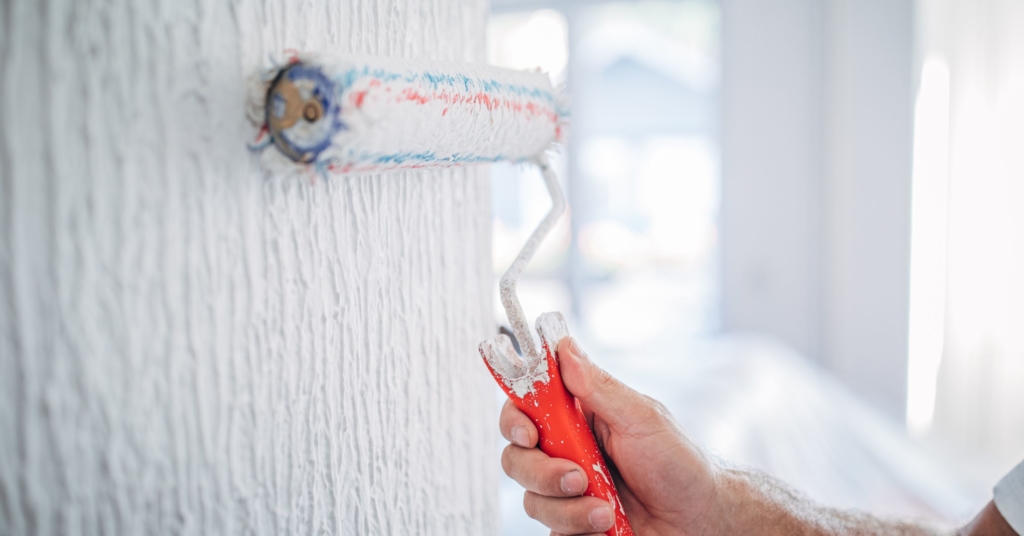About 76% of Americans make it a tradition to complete their spring cleaning every year. Another 63% make an effort to clean the majority of their home. On average, spring cleaning takes around six days to finish. About 29% of people finish within one to two days. With the right plan and these spring cleaning tips, you can make the most of your time! Are you ready to get cleaning? With this spring cleaning checklist, you can stay organized and tackle your entire home!
1-Set a Schedule
Don’t reach for your mop or window cleaner just yet. First, take a look around your home. Which areas are going to take the longest to clean? Which rooms require the most attention? When you quickly clean throughout the year, what areas do you tend to avoid? Focus on tackling your big problem areas first. That way, you’ll have more energy to complete smaller tasks as you go.
Before you start cleaning, set a schedule for yourself. How many days do you want to spend cleaning? Break your tasks apart by room.Then, establish a plan of attack for every room in your home.
2-Declutter Every Room
Remember, clutter can cause stress. Start learning how to clean your house by decluttering every room. Remove any objects you no longer need. Then, give every item in your home a designated space. Once you use that item, put it right back where it belongs! Using this tactic will keep your home from getting cluttered in the future.
3-Room by Room
Entryway: Wipe the walls and baseboards, sweep and mop the floors, clean the door and doormat, and organize your shoes and hang your jackets.
Office: Recycle any paperwork you don’t need. Dust and polish the furniture and bookshelves. While you’re at it, don’t forget to sanitize your keyboard and mouse.
In the garage: Declutter the toys, sporting equipment, and tools. Open the garage door to air the garage out. Wipe down the walls and sweep the floor. Clean the garage door and frame. Replace the batteries for your garage openers.
Children’s playroom: Sanitize any plastic toys using soap and water. Consider washing the stuffed animals as well. You can declutter by donating unused toys. Clean the rugs, carpets, and floors. Keep everyone’s toys organized, too.
Living room: Dust and polish the furniture. Wash or vacuum the curtains. Clean the ceiling fans. Vacuum the sofa and chairs. Dust the blinds and curtain rods.Wash the slipcovers, blankets, and pillows. Clean the window sills and wash the windows. Sanitize the remotes. Shampoo the rugs or carpets. Vacuum or mop the floors.
Bathroom: Wipe the mirror down. Discard any expired products and clean up your makeup brushes. Clean the vanity, tub, shower, and showerhead, too. Don’t forget to give the tile grout a good scrub. Then, clean the toilet, hardware, walls, and baseboards. Sweep and mop the floors, too.
Kitchen: Clean the stovetop, microwave, dishwasher, oven, refrigerator (inside and outside), countertops, cabinet doors and backsplash, kitchen drain, floors, baseboards, and walls.



 Vegetable gardening in the Arizona desert can be challenging. Gardening tips that may work in other climates, often don’t apply to gardening in the low desert of Arizona. Yet, growing a successful vegetable garden in the desert is absolutely possible!
Vegetable gardening in the Arizona desert can be challenging. Gardening tips that may work in other climates, often don’t apply to gardening in the low desert of Arizona. Yet, growing a successful vegetable garden in the desert is absolutely possible!